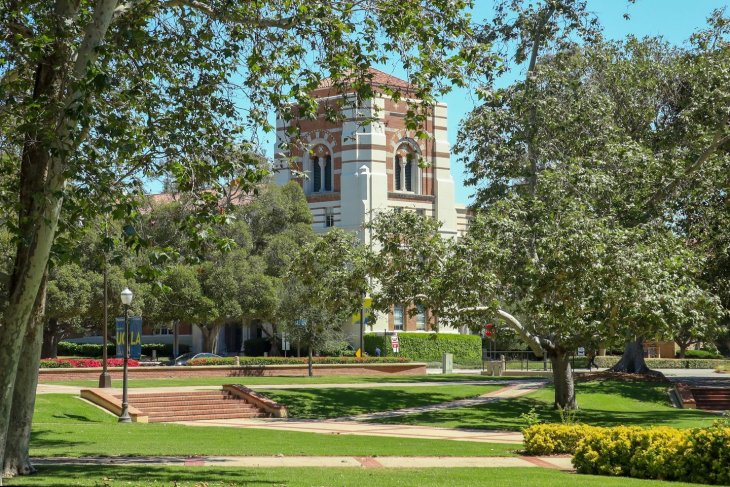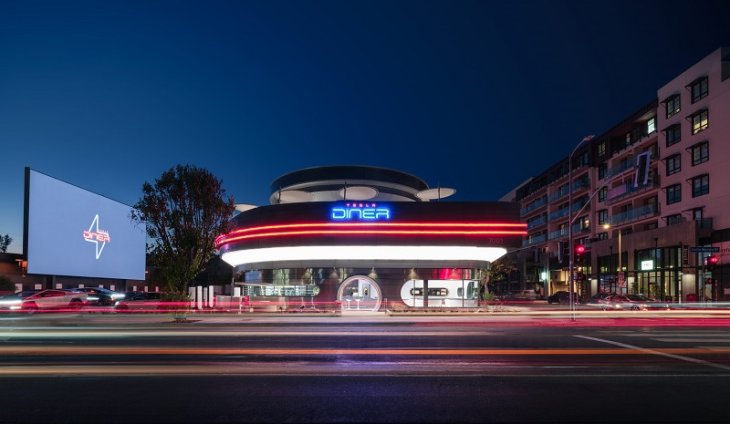
The Board of Supervisors voted 3-1 Tuesday to approve modifications to a zoning plan aimed at protecting the Santa Monica Mountains, drawing praise from environmentalists and equestrians but protests from vineyard owners.
Supervisor Zev Yaroslavsky, who championed the plan, urged his colleagues to act, saying the Local Coastal Program is “designed to protect one of the most beautiful mountain ranges in all of California … it’s a remarkable place.”
Seventy-odd modifications were proposed to the plan by the Coastal Commission after public hearings in April and July. Most of the changes focused on equestrian uses, according to a county planner, and the commission unanimously approved the plan as modified.
Though horse owners and trail riders are now satisfied, vineyard owners contend the plan is unfair.
The LCP allows existing vineyards to remain in the mountains, but prohibits permits for expansions or new vineyards.
“I feel that grapevines are being discriminated against,” said grower David Gomez, who noted that other agricultural uses are not banned under the LCP.
Gomez’s wife Ruth said she was worried about how the plan would affect the couple’s plans for retirement.
Yaroslavsky countered that “nobody’s ripping out anyone’s vineyard,” adding that environmentalists weren’t worried about boutique vineyards, but rather larger operations that would rip out chaparral and destroy ridgeline views.
If vineyards are operating without a permit, they would be forced out under the LCP, but the same would be true under current Coastal Commission rules. The Coastal Commission has not issued a permit for a new vineyard in the last five years, according to Yaroslavsky.
Growers said grapevines use less water than other crops and traditional landscaping. However, some of their neighbors said vineyards were endangering local water sources and wine growers were using chemical pesticides that damage native habitat.
Leah Culberg said one vineyard owner had dammed up a creek, causing Culberg’s own well to drop more than 100 feet in one year, while another dug a 2,000-foot well to service vines.
“That’s like putting a pair of straws down to the bottom of our canyon to suck everything out,” Culberg said.
Dozens of environmentalists offered their support for the plan to ban ridgeline development, protect oak groves and local wildlife. Several local politicians did, as well, including Sen. Fran Pavley, D-Agoura Hills, and both
candidates for Yaroslavsky’s seat — former Santa Monica mayor Bobby Shriver and ex-Sen. Sheila Kuehl.
Elliott Dolin, who has 900 vines on a three-quarter acre site, urged the board to regulate and monitor new vineyards rather than prohibiting them altogether.
Supervisor Michael Antonovich said the LCP would deny some residents their property rights and cost the county millions of dollars in fighting legal challenges.
“If an individual wants to plant a vineyard on their property, that’s a decision that they should be able to (make),” Antonovich said. Existing vineyards provide tens of thousands of dollars of revenue and hundreds of jobs, he said.
Antonovich proposed that vineyards be permitted, drawing a second from Supervisor Don Knabe, but that motion failed on a 2-2 vote. Three votes are required for passage. Yaroslavsky and Supervisor Gloria Molina dissented and Supervisor Mark Ridley-Thomas did not attend today’s meeting.
Antonovich dissented when the LCP itself went to a vote.
The plan, which still needs an administrative sign-off from the Coastal Commission’s executive director, will allow the county to directly issue land use permits in an area covering about 80 square miles in the Santa Monica Mountains. As it currently stands, applicants must follow a two-step process,seeking approval from the county and the Coastal Commission.
At least one lawsuit has already been filed against the Local Coastal Program, according to Yaroslavsky.





















